Home>Garden Essentials>When To Put Out Ryegrass Seed
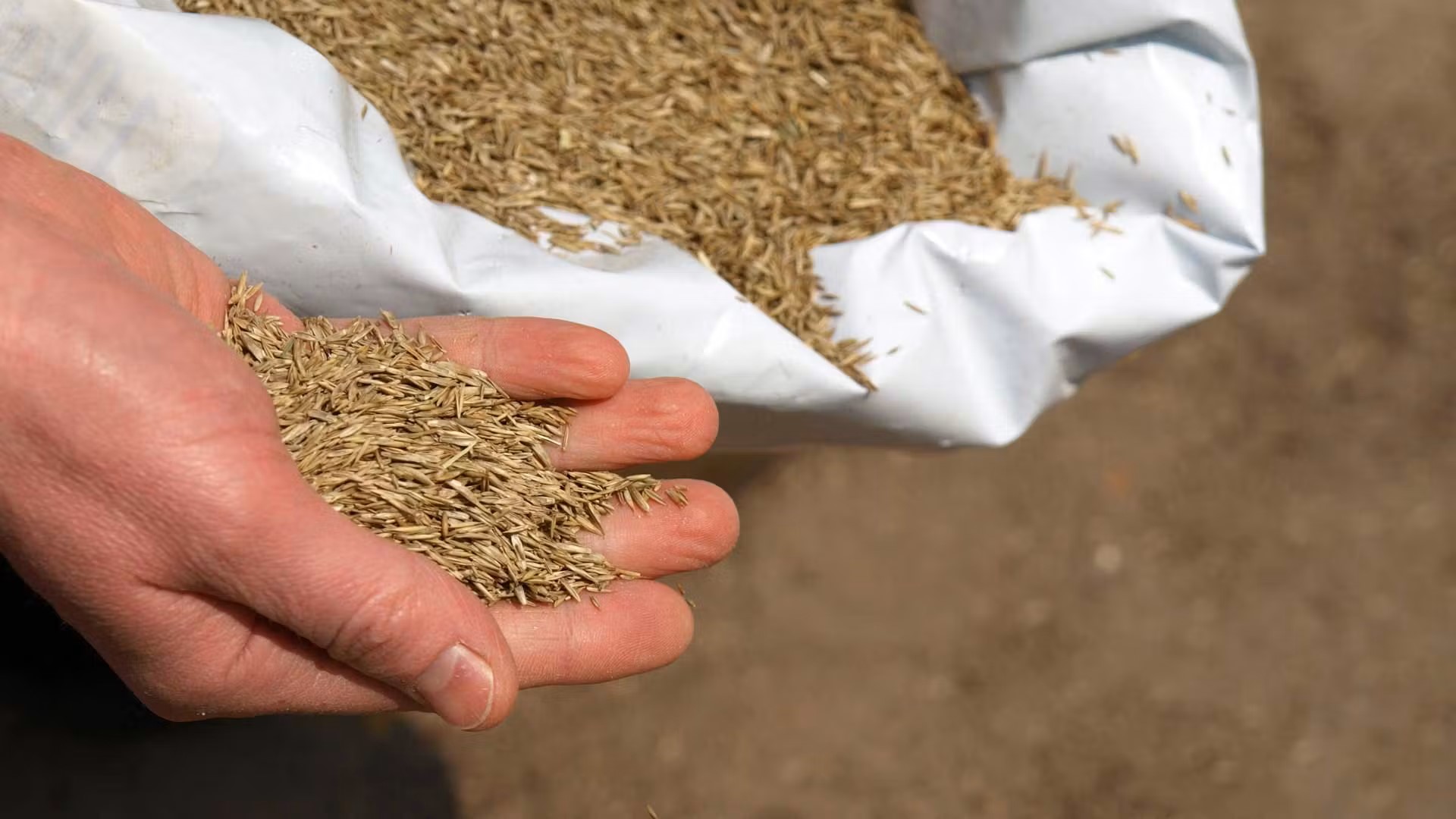

Garden Essentials
When To Put Out Ryegrass Seed
Modified: August 28, 2024
Looking to improve your garden? Find out the best time to put out rye grass seed for a lush and vibrant lawn. Expert tips and advice.
(Many of the links in this article redirect to a specific reviewed product. Your purchase of these products through affiliate links helps to generate commission for Storables.com, at no extra cost. Learn more)
Introduction
Are you looking to enhance the beauty and health of your garden or lawn? Rye grass can be a great option to consider! Known for its lush green appearance and quick germination, rye grass can transform your outdoor space into a picturesque oasis. But when is the best time to put out rye grass seed?
In this article, we will explore the optimal time for planting rye grass seed and provide you with valuable insights to ensure successful germination and growth. Whether you are a seasoned gardener or a newbie, understanding the factors to consider and following the right techniques will help you achieve a thriving lawn or garden.
Before we delve into the timing and methods of planting rye grass seed, let’s take a closer look at what exactly rye grass is and its benefits.
Key Takeaways:
- Timing is crucial for planting rye grass seed. Fall is best for mild climates, while spring is ideal for cooler regions. Avoid common mistakes and follow proper care techniques for a thriving lawn or garden.
- Prepare the soil, choose the right time, and care for the newly planted rye grass seed. Avoid mistakes like improper watering and low-quality seed to achieve a vibrant and healthy rye grass lawn.
Read more: How To Plant Ryegrass Seed
Understanding Rye Grass
Rye grass, scientifically known as Lolium, is a cool-season grass that belongs to the Poaceae family. It is widely used for lawns, sports fields, and pastures due to its durability and aesthetic appeal. Rye grass is known for its rapid germination and establishment, making it an ideal choice for quick cover and erosion control.
There are two main types of rye grass: perennial and annual. Perennial rye grass is known for its persistence and ability to withstand harsh weather conditions, making it a popular choice for long-lasting lawns. Annual rye grass, on the other hand, grows and dies within one year, making it an excellent option for overseeding during the colder months to provide temporary green coverage.
Rye grass is known for its vibrant green color, fine texture, and dense growth. It has a high tolerance for foot traffic and recovers quickly from wear and tear. Rye grass is also resistant to diseases and pests, making it relatively low-maintenance compared to other grass varieties.
Furthermore, rye grass has the ability to improve the overall health of your lawn or garden. Its deep root system improves soil structure, prevents erosion, and absorbs excess water, reducing the risk of waterlogging. Additionally, rye grass competes with weeds, reducing their growth and enhancing the visual appeal of your outdoor space.
Now that we have a basic understanding of rye grass, let’s explore the factors you need to consider before planting rye grass seed.
Factors to Consider before Planting Rye Grass
Before you start planting rye grass seed, there are a few important factors you should take into consideration to ensure successful growth and establishment. These factors include:
- Climate: Rye grass is a cool-season grass that thrives in temperatures between 50°F and 65°F (10°C and 18°C). It is important to consider your climate and determine if it is suitable for rye grass to grow. If you are in a region with hot summers, you may need to overseed with rye grass during the cooler months for a temporary green cover.
- Soil Conditions: Rye grass prefers well-draining soil with a pH level between 5.5 and 7.5. Conduct a soil test to assess the nutrient levels and acidity of your soil. If needed, amend the soil with organic matter or lime to create an optimal growing environment for rye grass.
- Sunlight Exposure: While rye grass can tolerate some shade, it thrives in areas with full sun exposure. Make sure the area where you plan to plant the rye grass seed receives at least 6 hours of direct sunlight per day.
- Water Availability: Adequate water supply is crucial for the germination and establishment of rye grass. Ensure that you have a reliable irrigation system or access to water to keep the soil moist during the growing period.
- Disease and Pest Resistance: Rye grass is known for its resistance to diseases and pests, making it a low-maintenance grass option. However, it is still important to monitor and address any potential issues to maintain the health and appearance of your rye grass lawn.
By considering these factors, you can determine if your garden or lawn is suitable for rye grass growth. Once you have ensured these conditions are met, it is time to determine the optimal time for planting rye grass seed.
Optimal Time for Planting Rye Grass Seed
The timing of planting rye grass seed is crucial for its successful establishment and growth. Rye grass is a cool-season grass, which means it thrives in cooler temperatures. The optimal time to plant rye grass seed depends on your location and climate, but generally falls in either the early fall or early spring.
Fall Planting: In regions with mild winters, such as the southern United States, fall is the preferred time for planting rye grass seed. The soil is still warm from the summer, providing favorable conditions for seed germination. By planting in the fall, the rye grass has enough time to establish strong roots before winter sets in.
Spring Planting: In areas with harsh winters or cooler climates, spring is the ideal time for planting rye grass seed. As temperatures start to rise and the soil begins to warm up, the rye grass will have a better chance of germinating and establishing quickly.
It is important to avoid extreme temperatures when planting rye grass seed. If you plant too late in the fall or too early in the spring, the seed may not have enough time to develop before unfavorable weather conditions arrive. Additionally, avoid planting rye grass seed during the hot summer months, as the high temperatures can hinder germination.
Before planting, prepare the soil to create an optimal growing environment for the rye grass seed.
Preparing the Soil for Rye Grass Seed
Before planting rye grass seed, it is essential to prepare the soil properly to provide an optimal growing environment. Follow these steps to ensure your soil is ready for the rye grass seed:
- Clean the area: Begin by removing any existing vegetation, weeds, or debris from the area where you plan to plant the rye grass seed. This will create a clean and even surface for planting.
- Aerate the soil: To improve soil drainage and allow for better root development, it is beneficial to aerate the soil. Use a garden fork or core aerator to create small holes throughout the soil, allowing air, water, and nutrients to penetrate.
- Test the soil: Conduct a soil test to determine the pH level and nutrient content of the soil. Rye grass thrives in soil with a pH level between 5.5 and 7.5. If the soil pH is too low, add lime to raise it to the optimal range.
- Amend the soil: Depending on the results of the soil test, you may need to amend the soil with organic matter or fertilizer to improve its nutrient content. Incorporate compost, well-rotted manure, or a balanced fertilizer into the top few inches of soil.
- Rake and level the soil: Use a rake to smooth out the soil surface and remove any large clumps or rocks. Ensure that the soil is level and even to promote uniform seed germination and growth.
By following these steps, you will create a favorable environment for the rye grass seed to germinate and establish strong roots. Once the soil is prepared, it is time to plant the rye grass seed.
For best results, plant rye grass seed in the fall when temperatures are between 50-65°F. This allows the seed to establish before winter and thrive in the spring.
Read more: When To Put Mums Out
Planting Rye Grass Seed
Once you have prepared the soil, it’s time to plant the rye grass seed. Follow these steps to ensure proper planting:
- Choose the right seed: Select a high-quality rye grass seed suitable for your region and intended use. Rye grass seeds are available in different varieties, including perennial and annual types. Read the seed packaging or consult with a local gardening expert to determine the most suitable seed for your needs.
- Calculate the seed quantity: Determine the amount of seed you will need based on the area you want to cover. Refer to the seed packaging for the recommended seeding rate, which typically ranges between 8 to 12 pounds per 1,000 square feet.
- Divide the seed: Divide the total seed quantity into two equal parts. This will allow you to perform both the initial planting and a follow-up overseeding for improved coverage.
- Spread the seed: Use a broadcast spreader or hand spreader to evenly distribute the rye grass seed over the prepared soil. Apply half of the seed quantity in one direction and the other half in a perpendicular direction to ensure uniform coverage. Lightly rake the seed into the soil to ensure good seed-to-soil contact.
- Water the area: After planting, water the area thoroughly to moisten the soil. Use a gentle spray or sprinkle setting to avoid displacing the seed. Keep the soil consistently moist, but avoid overwatering, as it can lead to seed rot or fungal diseases.
- Monitor and maintain: Regularly monitor the newly planted rye grass seed for signs of germination. Within 7 to 10 days, you should start to see seedlings emerging. Continue to water the area as needed and avoid walking on the newly seeded area until the grass is well established.
Remember to follow any specific instructions provided on the seed packaging as different varieties may have slightly different planting requirements. By following these steps, you will give the rye grass seed the best chance to germinate and establish a healthy lawn or garden.
Caring for Newly Planted Rye Grass Seed
Proper care is crucial for the successful development of newly planted rye grass seed. Follow these guidelines to ensure the health and growth of your rye grass lawn or garden:
- Watering: It is essential to keep the soil consistently moist during the germination and establishment period. Water the area lightly and frequently to prevent the soil from drying out. Aim for a shallow watering depth of approximately ¼ to ½ inch to allow the young seedlings to develop strong roots.
- Establishing a watering schedule: As the rye grass seed begins to germinate and grow, adjust your watering schedule to provide deeper, less frequent watering. This encourages the development of deep root systems, making the grass more resilient and drought-tolerant.
- Mowing: Once the rye grass reaches a height of about 3 to 4 inches, it is time to mow. Set your lawn mower to a height of about 2 to 2.5 inches. Never remove more than one-third of the grass blade in a single mowing session to avoid stressing the grass.
- Fertilization: After the rye grass has been mowed a few times, it is beneficial to apply a slow-release nitrogen fertilizer. This will provide essential nutrients for continued growth and overall health. Follow the fertilizer packaging instructions for application rates and timing.
- Weed control: Keep an eye out for weeds that may compete with the rye grass. Hand-pull any weeds as they appear, making sure to remove the entire root system. Avoid using herbicides until the rye grass is well-established, as they may harm the young seedlings.
- Avoid heavy traffic: During the initial growth phase, it’s important to minimize foot traffic on the newly planted rye grass. This allows the grass to establish a strong root system without being trampled or damaged.
By following these care guidelines, you will provide the necessary conditions for the rye grass to establish and thrive in your lawn or garden. It is important to note that proper care should continue even after the grass has fully established.
Common Mistakes to Avoid when Planting Rye Grass Seed
When planting rye grass seed, it is important to be aware of common mistakes that can hinder the germination and growth of the grass. By avoiding these mistakes, you can increase the chances of establishing a healthy and vibrant rye grass lawn or garden. Here are some common mistakes to avoid:
- Planting at the wrong time: Timing is crucial when planting rye grass seed. Planting too early or too late in the season can result in poor germination and weak growth. Be sure to plant during the optimal time for your region and climate, as discussed earlier in this article.
- Over or under-seeding: Proper seeding quantity is essential for uniform coverage and healthy growth. Over-seeding can lead to competition for resources and ultimately weak grass. Under-seeding can result in sparse coverage and patchy areas. Follow the recommended seeding rate for your specific variety of rye grass.
- Failure to prepare the soil: Neglecting to prepare the soil properly is a common mistake. Skipping soil testing, aerating, and amending can result in poor soil conditions and hinder the growth of the rye grass. Take the time to properly prepare the soil as outlined earlier in this article.
- Improper watering: Watering mistakes can have a major impact on the success of rye grass seed germination. Overwatering can lead to rot and fungal diseases, while under-watering can cause the seed to dry out and fail to sprout. Follow a consistent and appropriate watering schedule to provide the right amount of moisture for the seedlings.
- Using low-quality seed: Investing in high-quality rye grass seed is important for successful growth and a beautiful lawn or garden. Low-quality seed may not germinate well or produce the desired characteristics of the chosen variety. Make sure to choose reputable seed suppliers and select seeds appropriate for your specific needs.
- Skipping on post-planting care: Caring for the newly planted rye grass seed is crucial for its establishment and development. Neglecting to properly water, mow, fertilize, or address weed issues can result in weak and patchy grass. Follow the care guidelines provided earlier in this article to ensure the ongoing health and growth of the rye grass.
By avoiding these common mistakes and implementing proper planting and care techniques, you can greatly improve the chances of success when planting rye grass seed.
Conclusion
Planting rye grass seed can be a rewarding endeavor that adds beauty and vibrancy to your lawn or garden. By understanding the optimal timing, considering important factors, and following proper planting and care techniques, you can achieve a healthy and thriving rye grass lawn.
Start by understanding rye grass and its benefits. With its quick germination, lush green appearance, and resilience, rye grass can transform your outdoor space into a captivating oasis. Consider factors such as climate, soil conditions, sunlight exposure, water availability, and disease resistance to determine if rye grass is suitable for your area.
Choosing the right time for planting is crucial. Whether you opt for fall planting in mild climates or spring planting in cooler regions, selecting the optimal time ensures that the rye grass seed has the best conditions for germination and growth.
Prepare the soil properly by cleaning the area, aerating, testing the soil, and amending it with organic matter if needed. This creates an environment where the rye grass seed can thrive. When it comes to planting, select high-quality seed, calculate the appropriate quantity, and spread it evenly. Water the area and monitor the newly planted seedlings for signs of growth.
Caring for the newly planted rye grass seed involves proper watering, mowing, fertilization, weed control, and avoiding heavy foot traffic. Consistent care and maintenance allow the rye grass to establish strong roots, resist diseases, and showcase its vibrant green beauty.
Avoid common mistakes such as planting at the wrong time, over or under-seeding, neglecting soil preparation, improper watering, using low-quality seed, or skipping post-planting care. By being mindful of these mistakes, you can enhance the chances of success in establishing a healthy and stunning rye grass lawn or garden.
In conclusion, with the right knowledge and techniques, planting rye grass seed can bring life to your outdoor space. Follow the guidelines outlined in this article and enjoy the lush, green glory of your rye grass lawn for years to come.
Frequently Asked Questions about When To Put Out Ryegrass Seed
Was this page helpful?
At Storables.com, we guarantee accurate and reliable information. Our content, validated by Expert Board Contributors, is crafted following stringent Editorial Policies. We're committed to providing you with well-researched, expert-backed insights for all your informational needs.
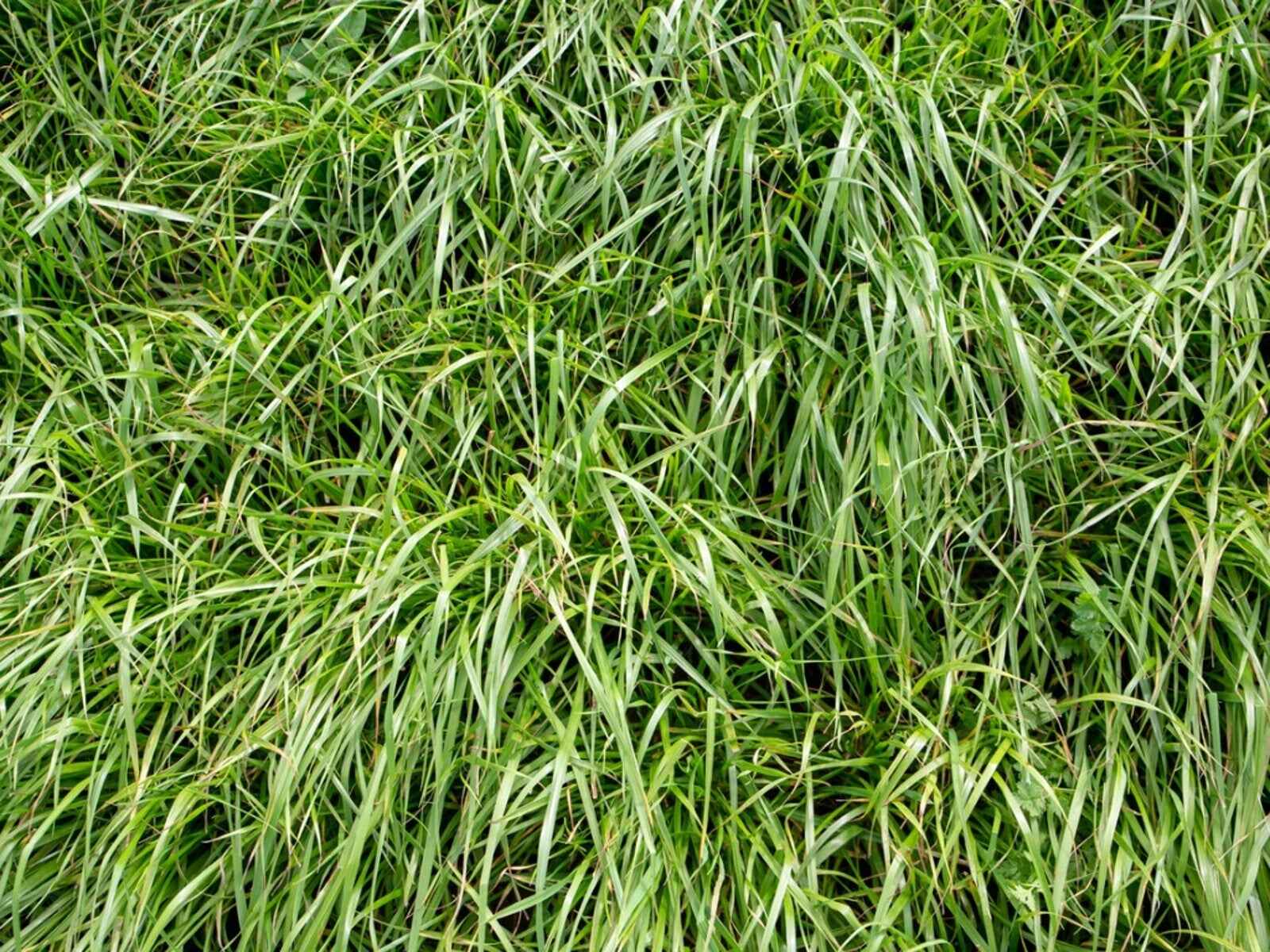
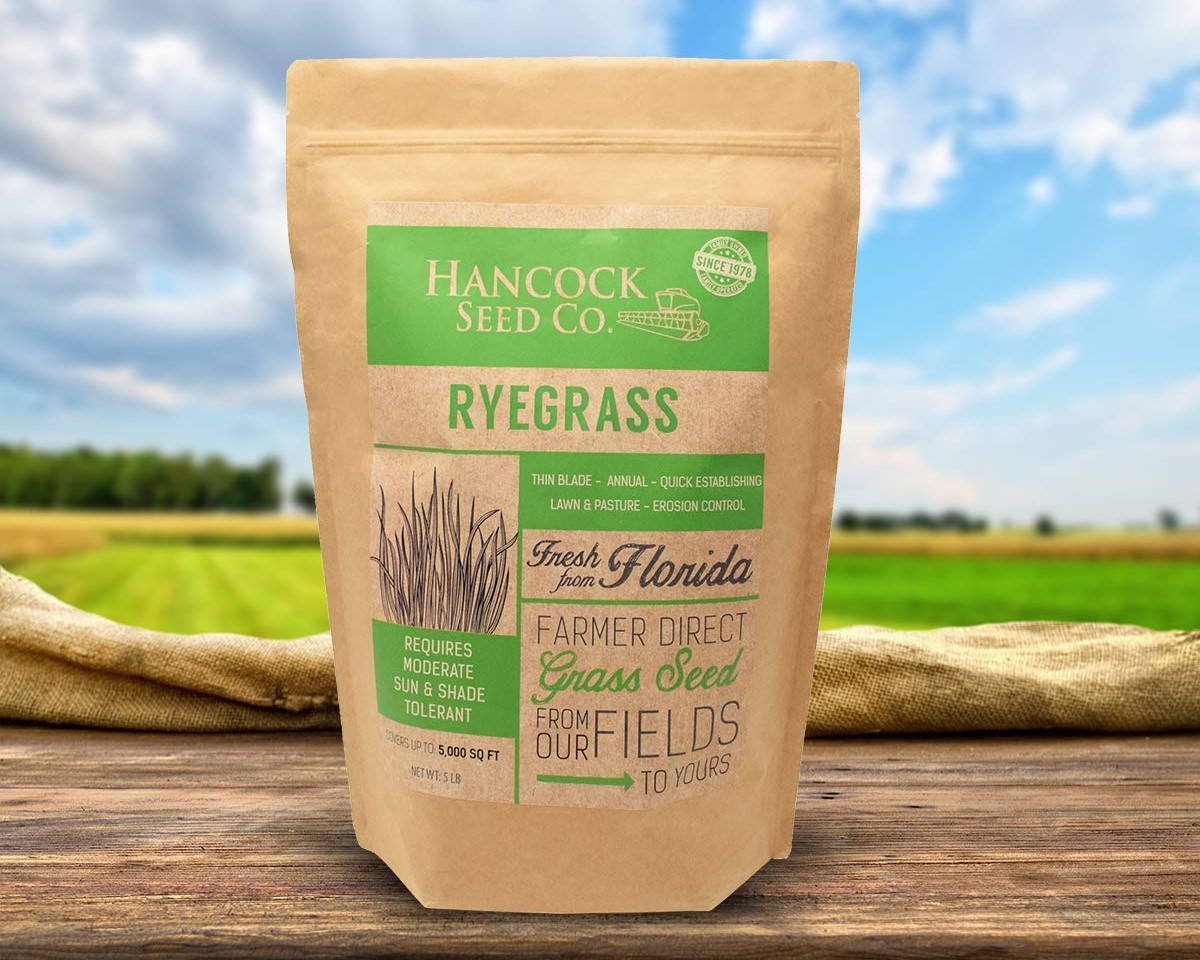
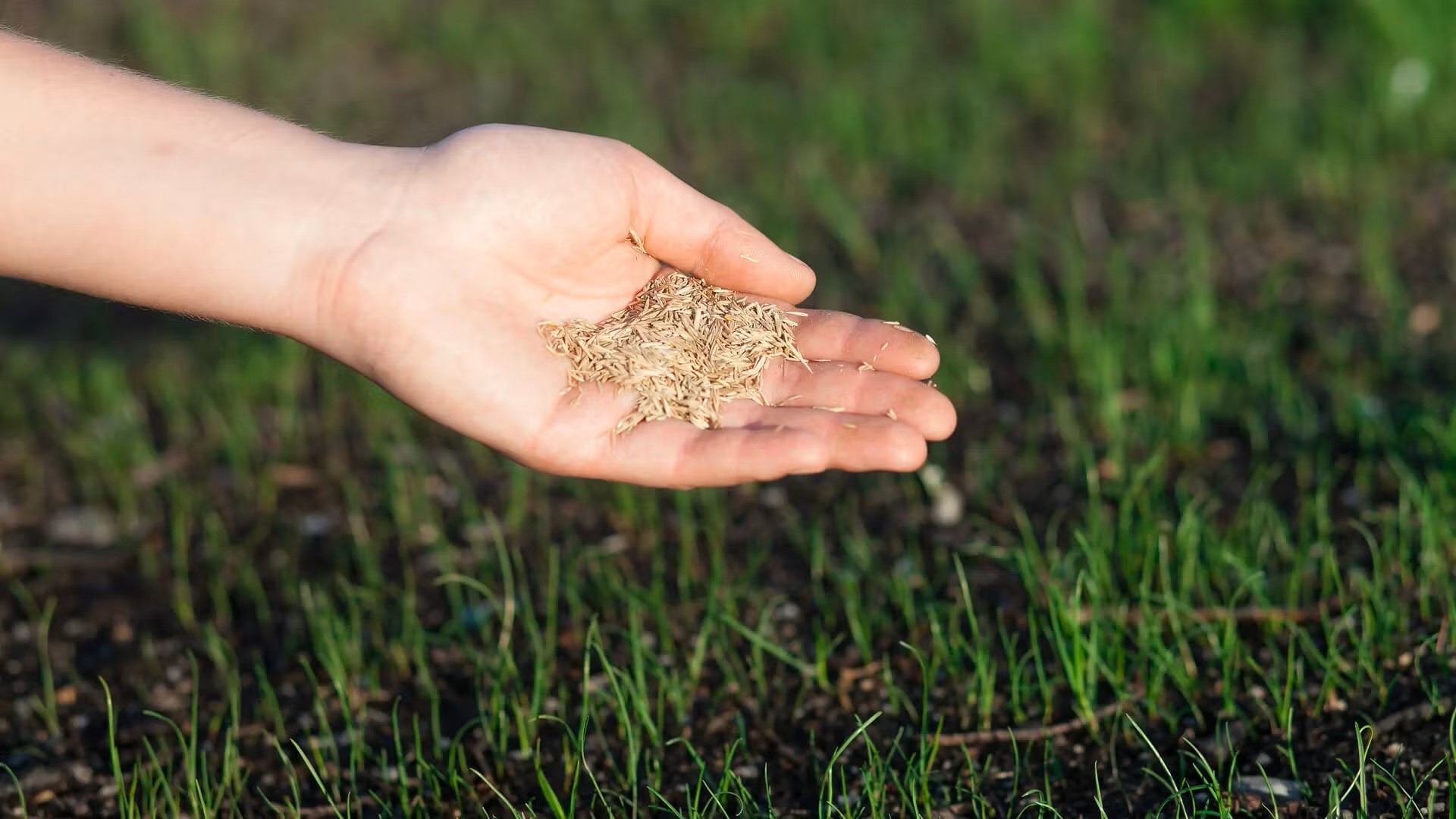
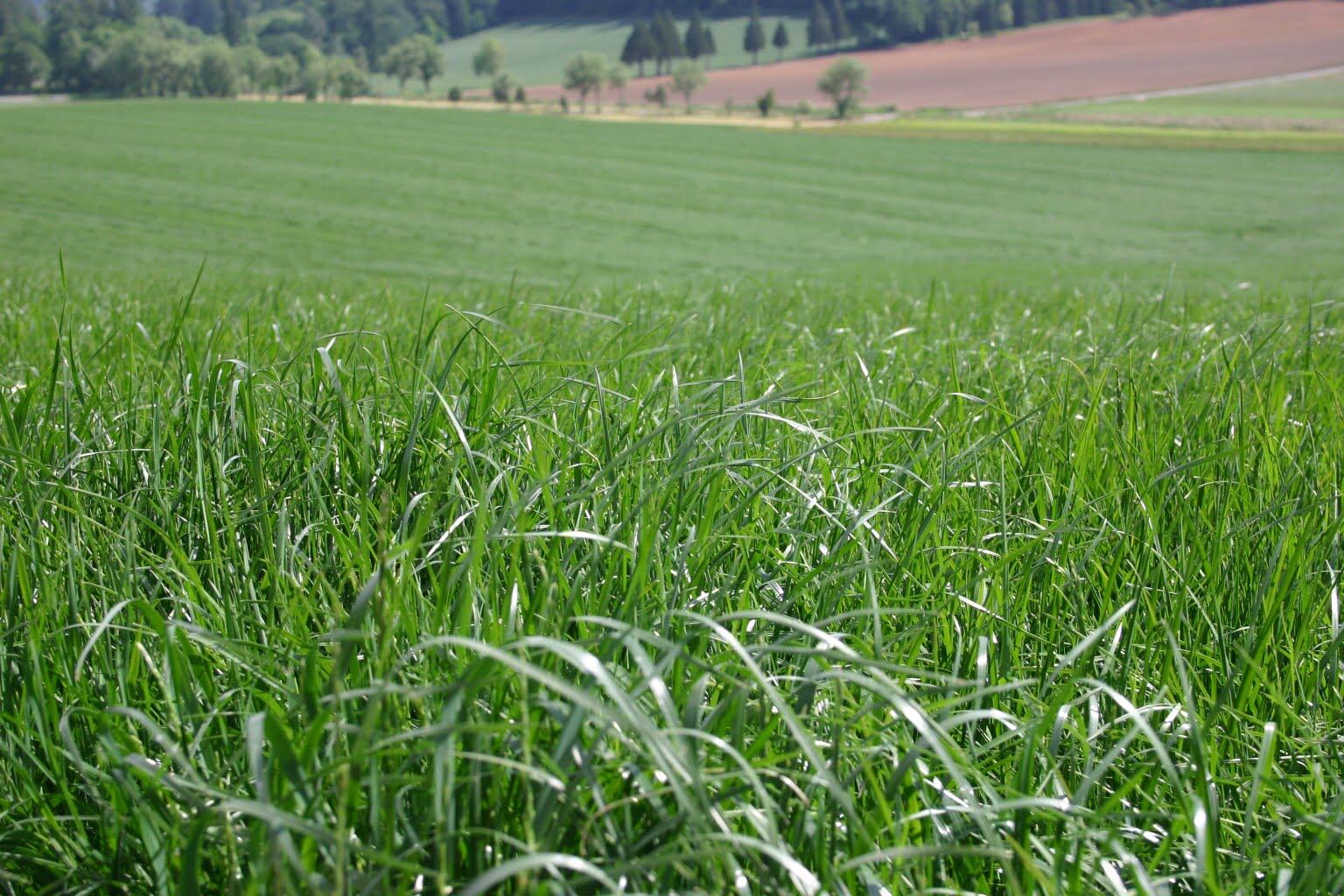
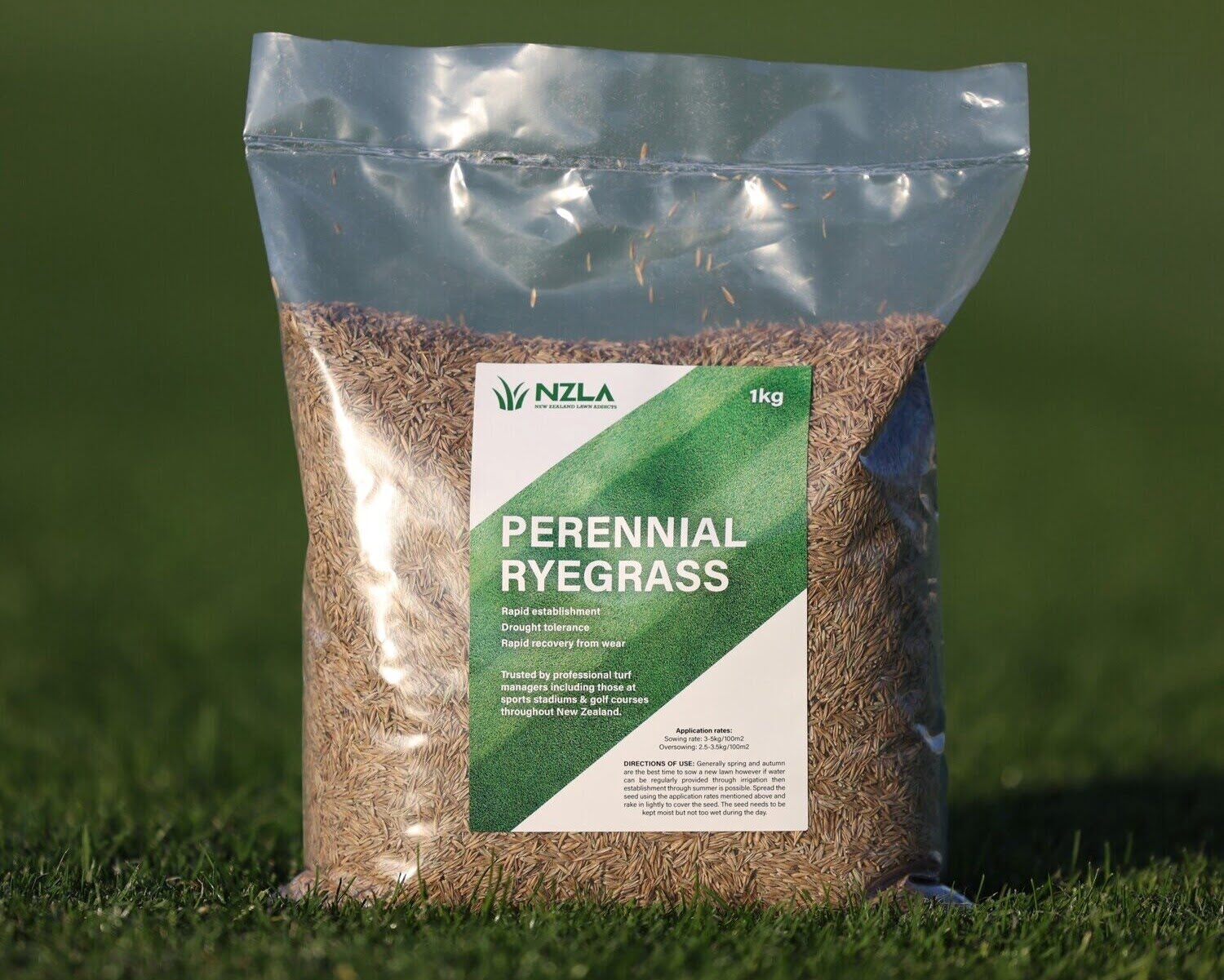
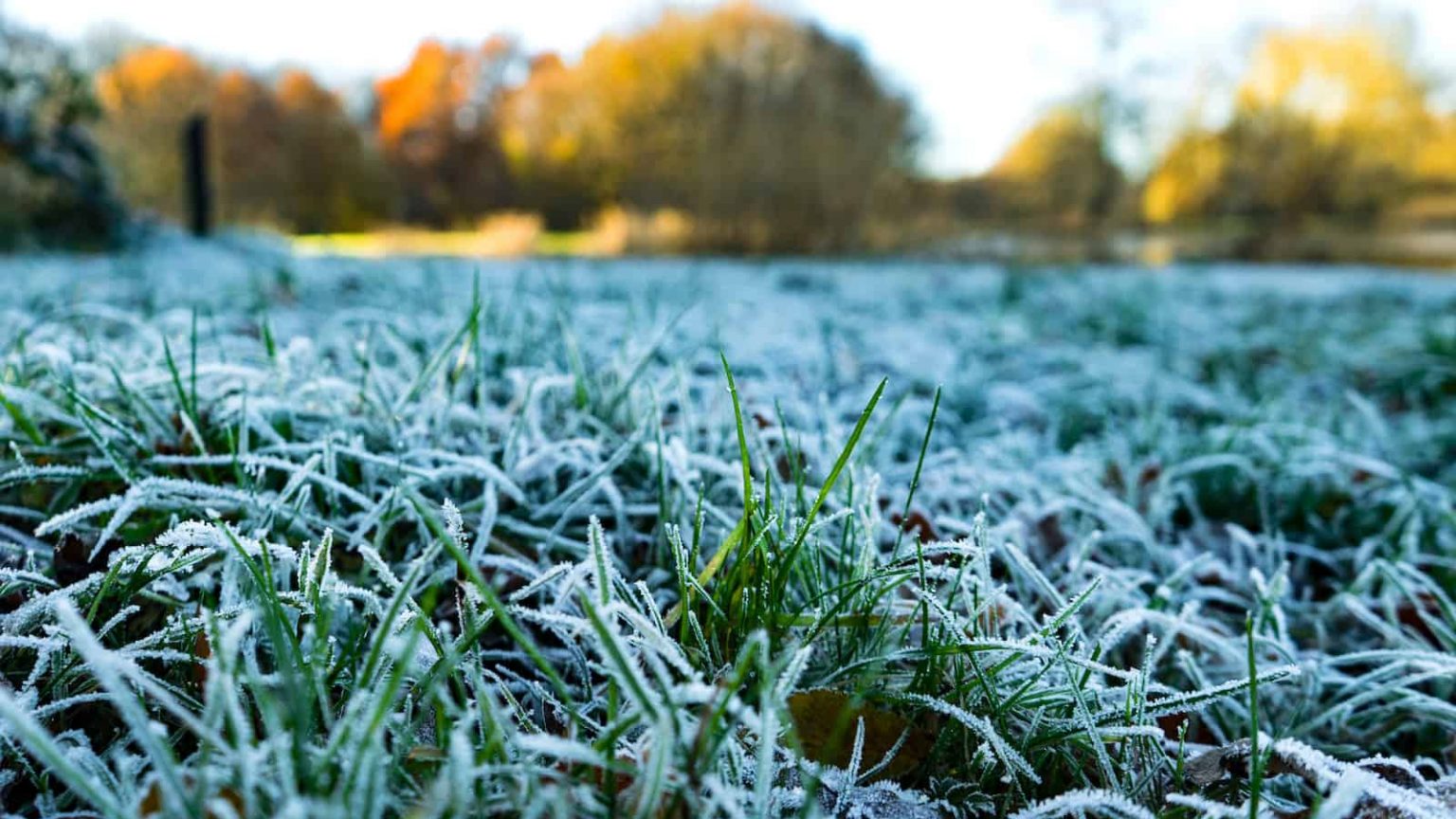
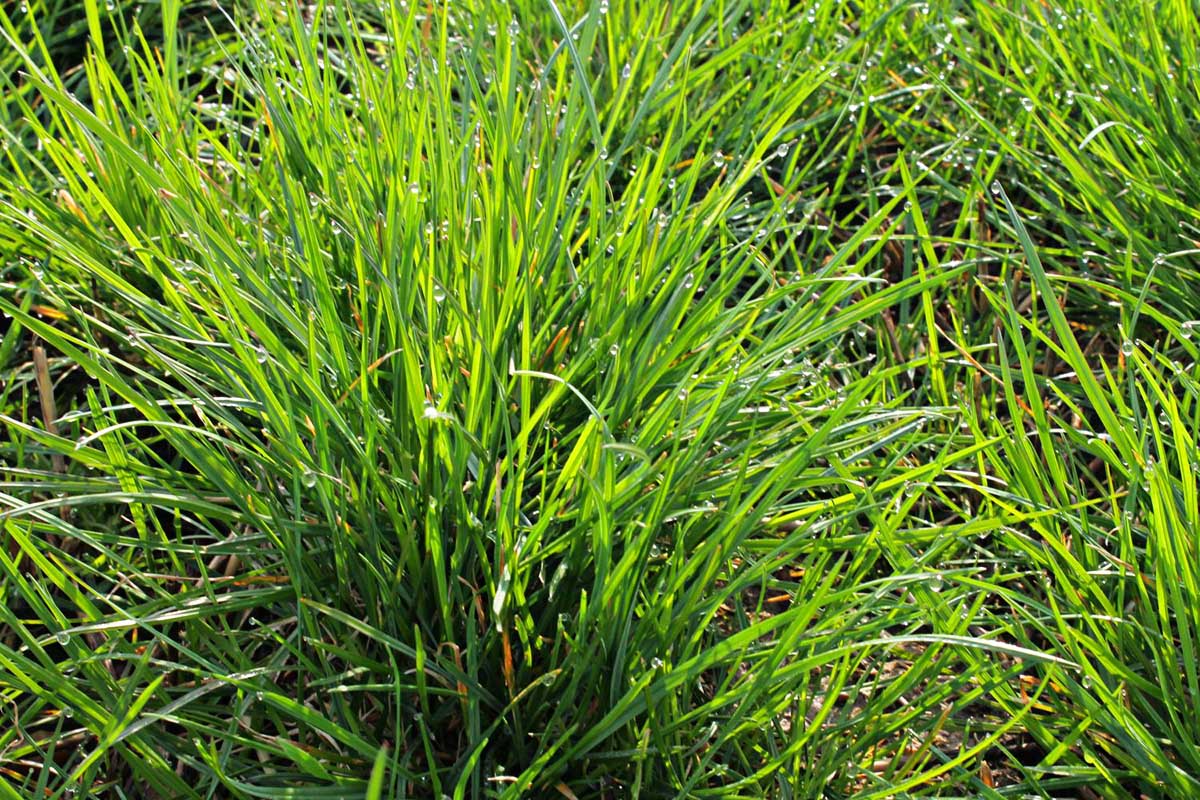
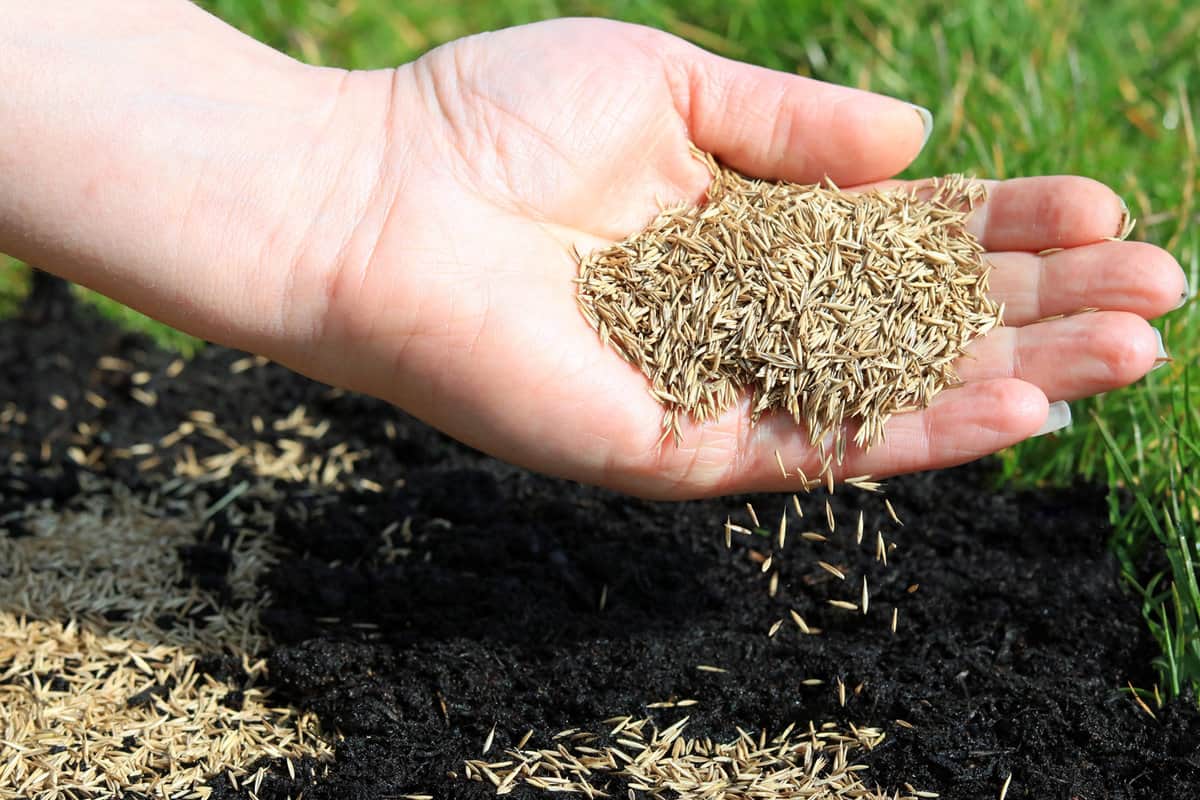
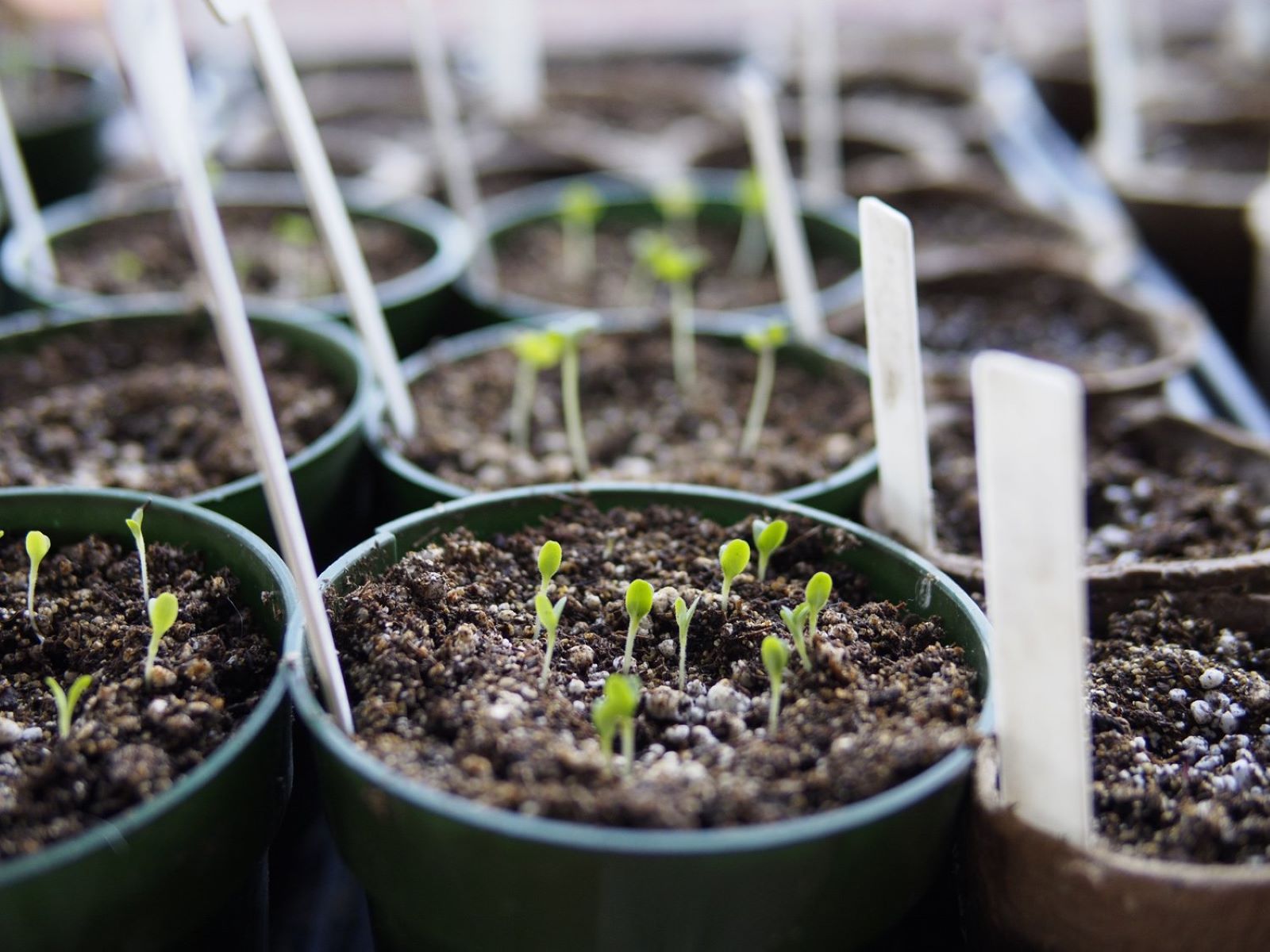
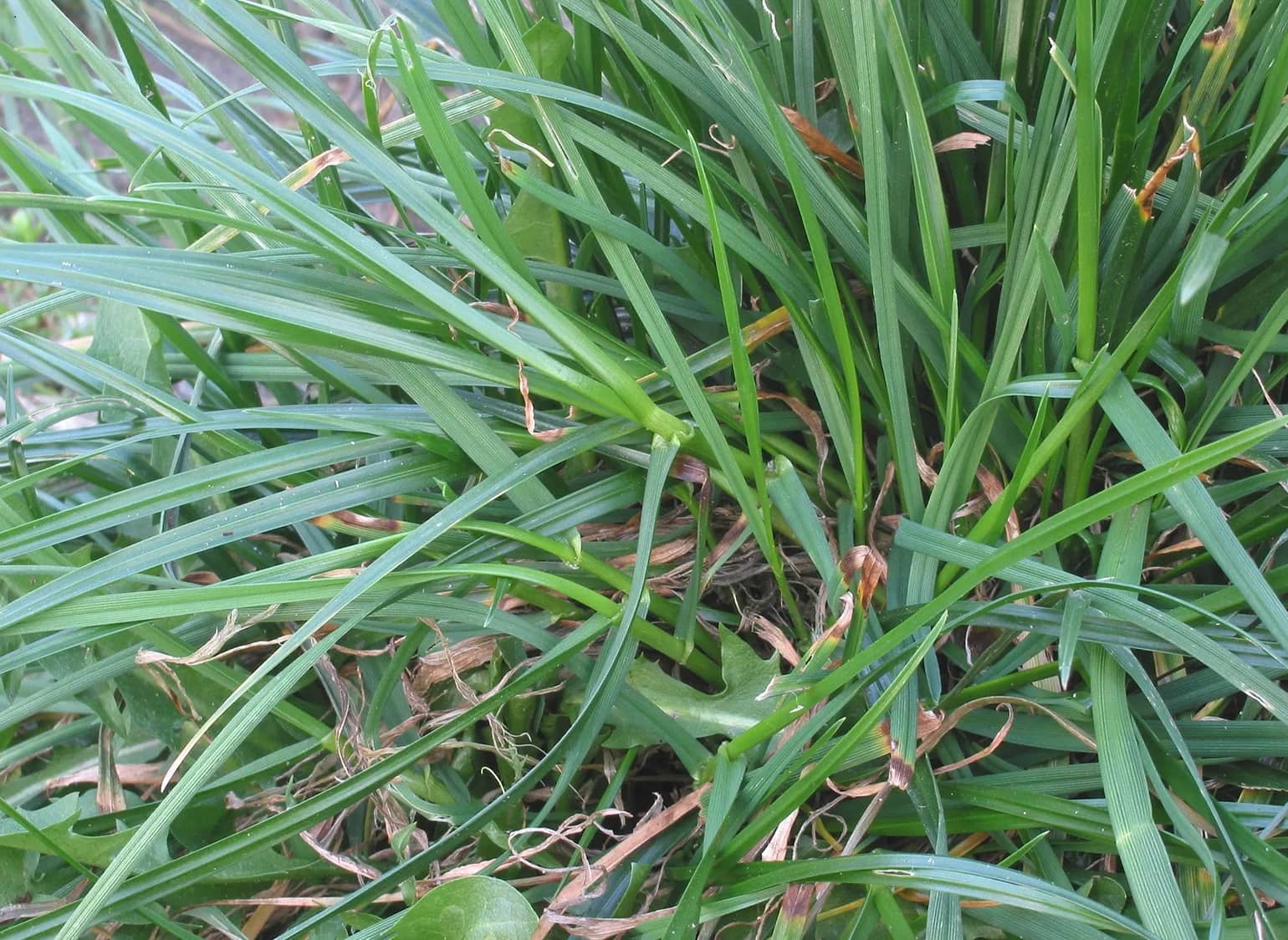
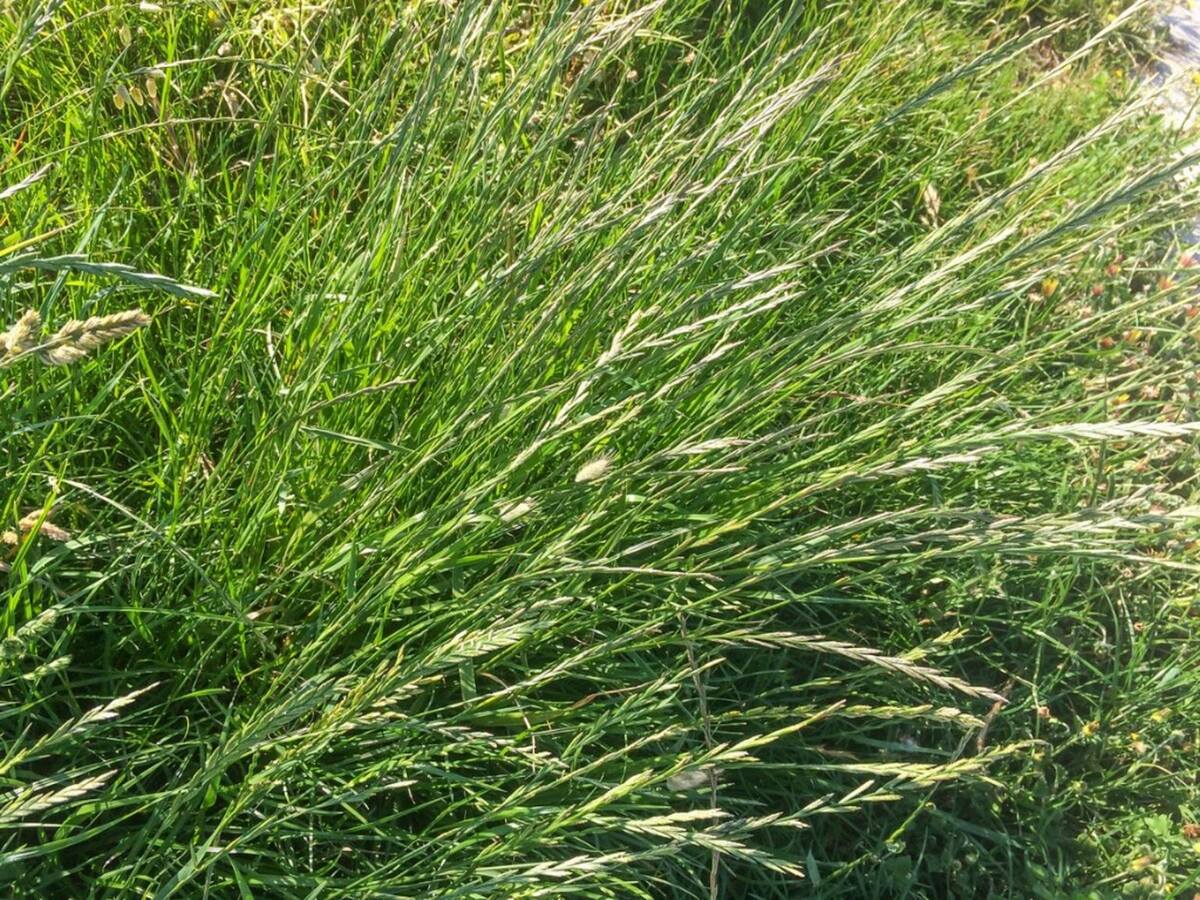
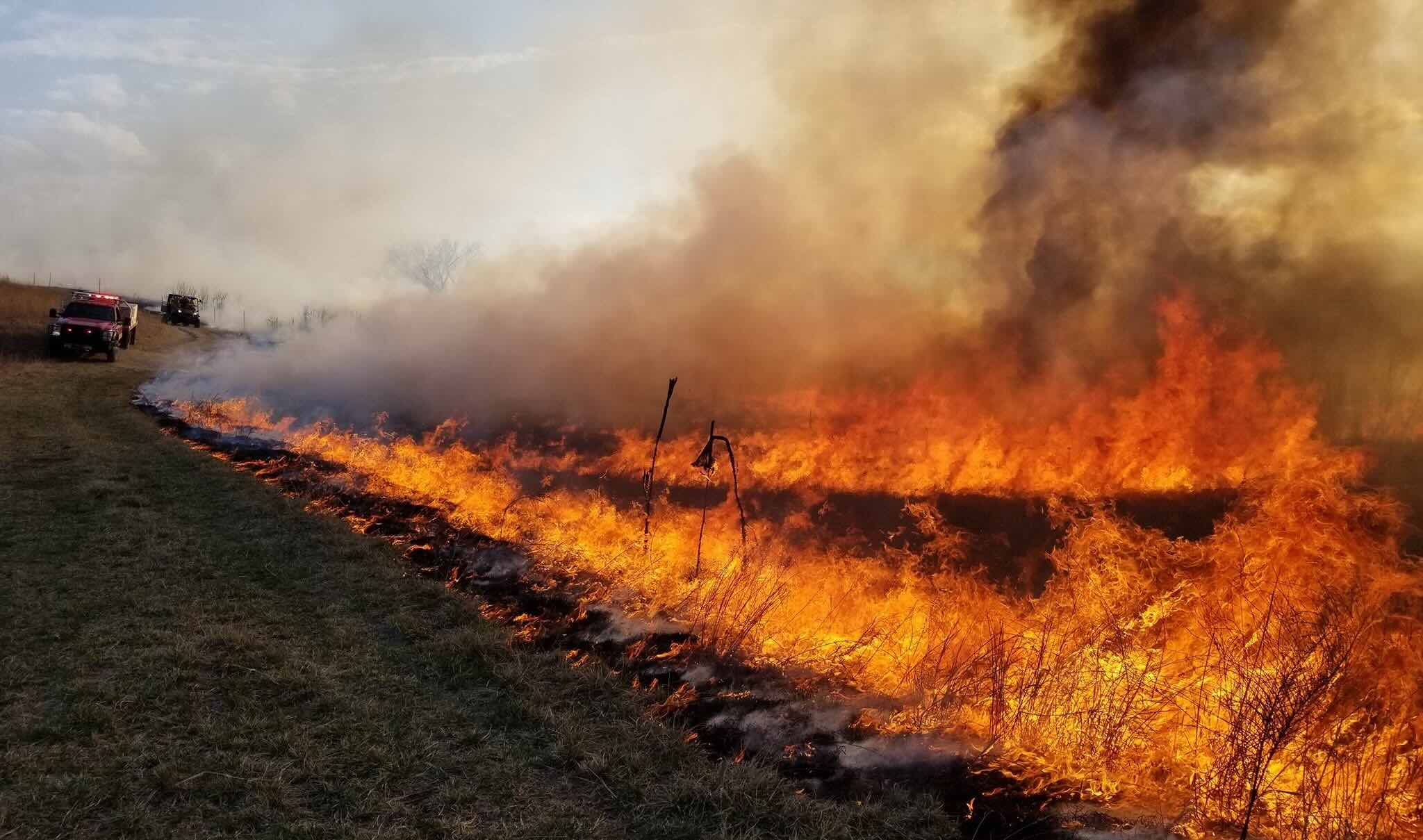
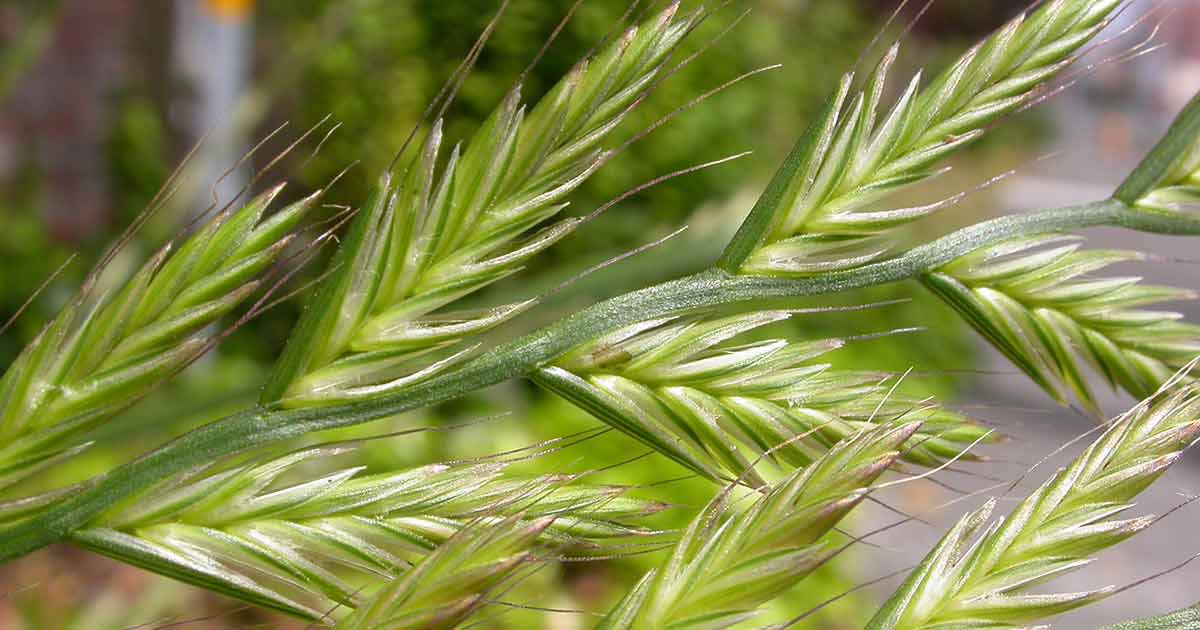
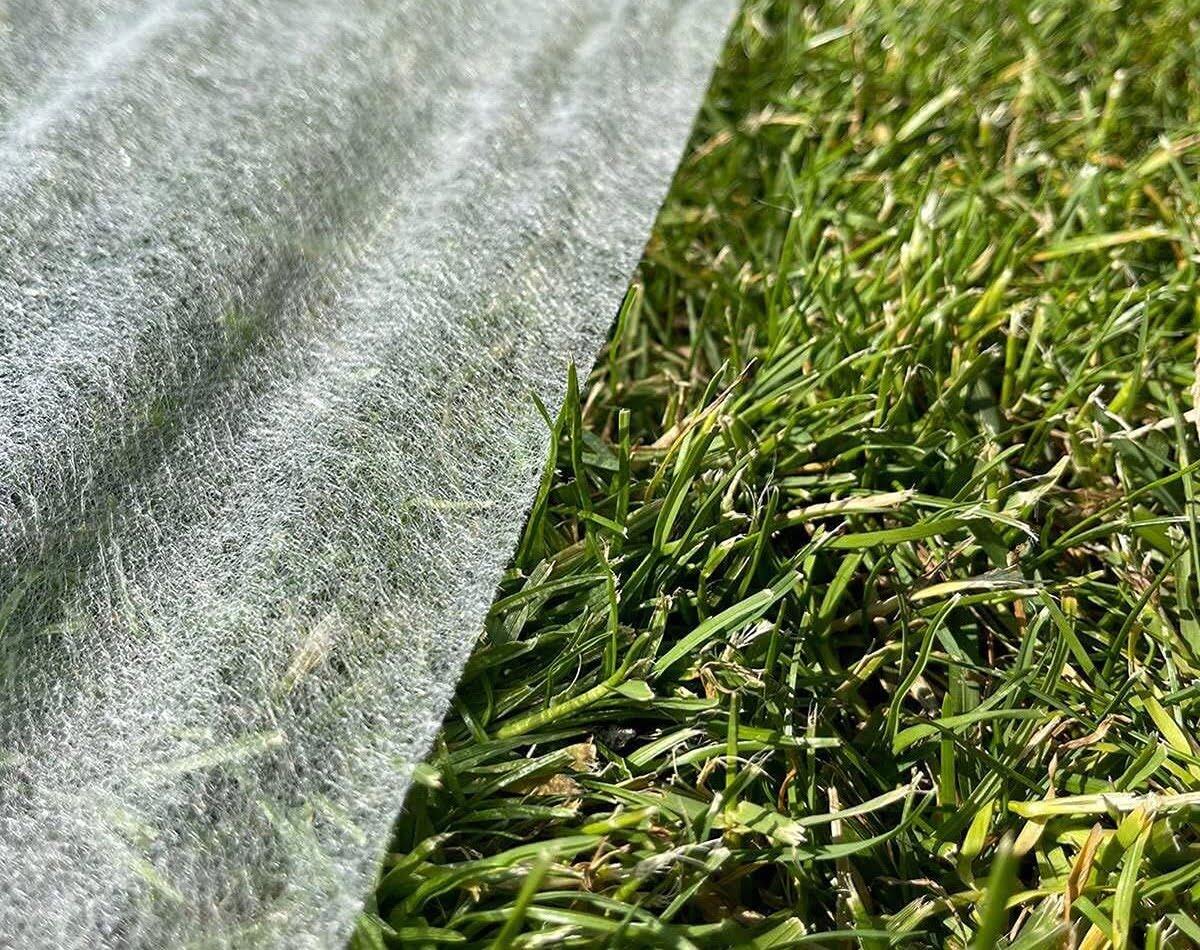

0 thoughts on “When To Put Out Ryegrass Seed”